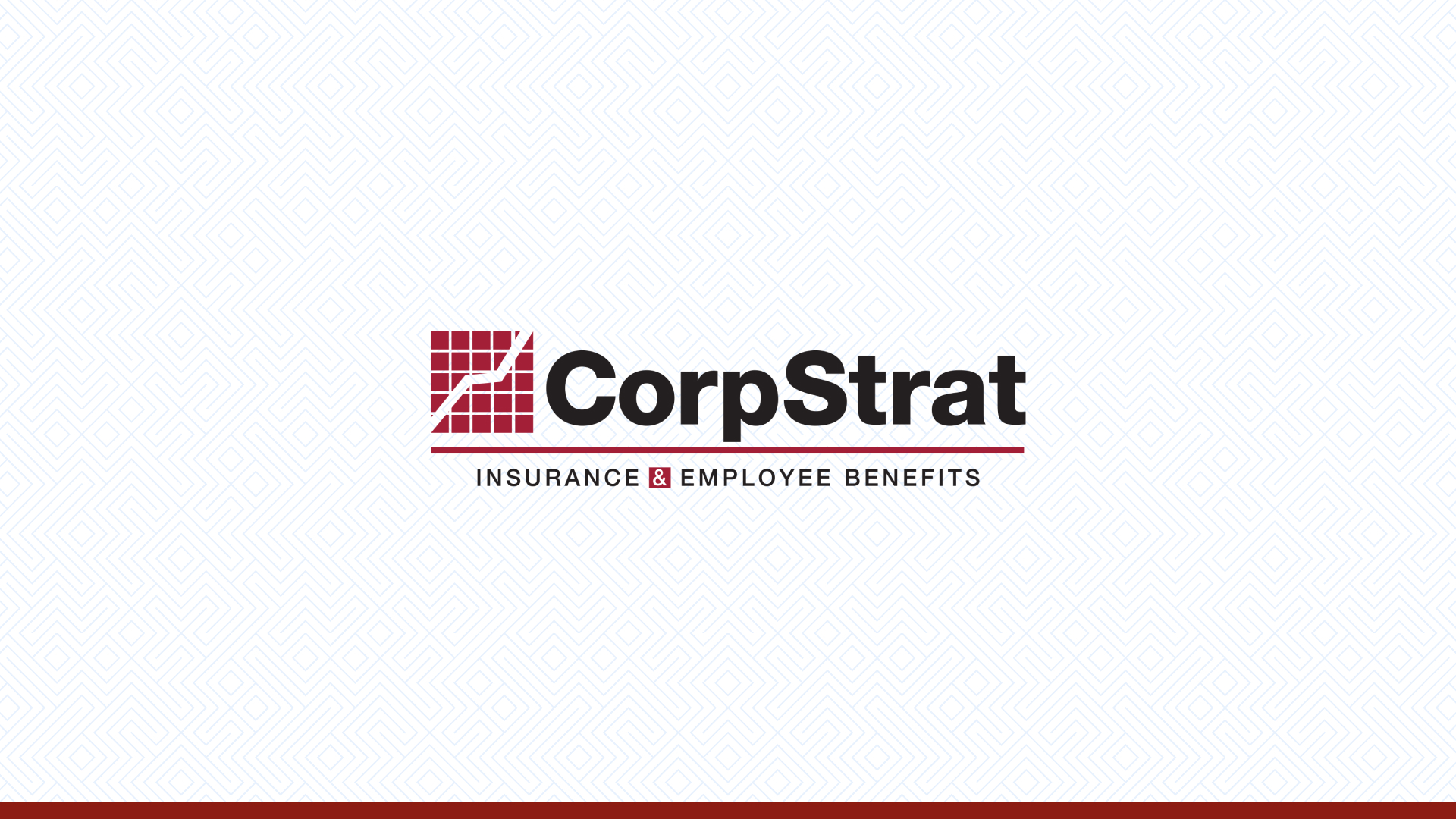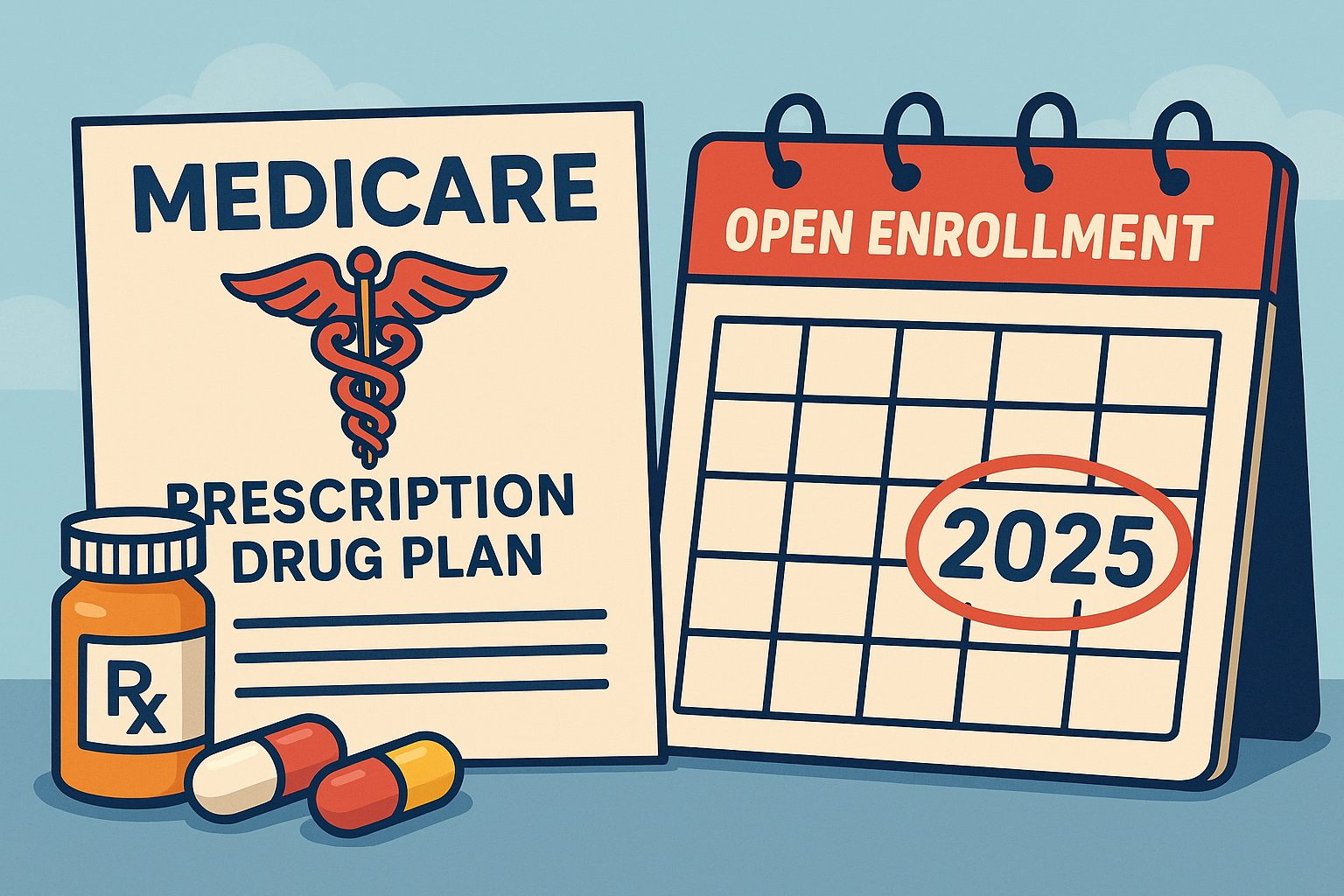Companies of all sizes are embracing technology and using Human Resource Management Software (HRMS) to administrate the “people” part of business. It can create a quantum leap in efficiency by deploying.
Once new HRMS software has been selected and purchased, the next logical step is to just simply implement the software. As with most things, HRMS implementation isn’t as simple as one might expect. It’s essential to keep several things in mind before you begin to change your HRMS system.implementation
First, you must define your objectives of implementing your new system. A deep dive into the current HRMS system should be in order to determine which areas need to be upgraded and which are just ‘nice to have.’ HRMS applications are flexible and can be adapted to businesses of all sizes, so it is important to consider what needs to be upgraded or changed altogether prior to implementation. Changes of this nature need to be endorsed by management and a project manager should be assigned to help ensure successful and positive implementation.
An HRMS comparison should be conducted in order to recognize how the new system can benefit the organization, as well as how effortlessly users will be able to master it. Regardless of what HRMS system you choose, employees should be offered training, and also be able to explore the HRMS demo product in order to understand how the implementation will be completed.
Whether it’s an HRMS payroll system or a simple HRMS management system, careful consideration needs to be made in order to best understand how to effectively implement the new HRMS. It’s important to be aware of the impact the new system will have on your business as well, and how to best put it into place.
With management onboard and a training program in place for employees, businesses can save time and money over the long term by offering better management services to their employees



